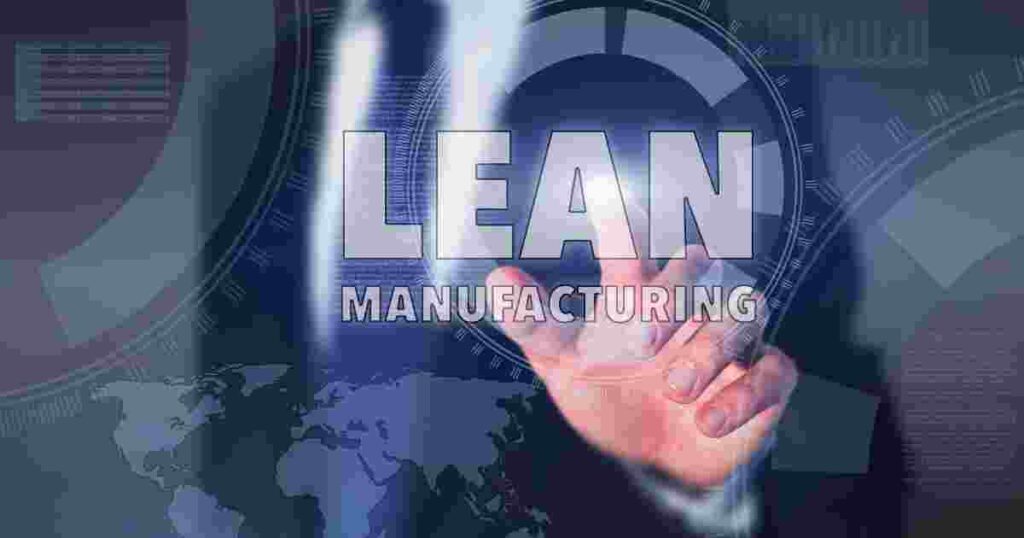In 2023, HR professionals are presented with a unique set of challenges and opportunities. Amid rapid change and increasing complexity in the workplace, lean management stands out as a beacon of hope, especially when applied in the realm of Human Resources. But why should you care about lean HR, and what does it entail? Let’s dive in and explore.
What Is Lean HR and Why Should You Care?

Lean HR, or HR lean management, is the application of lean principles to HR functions. It’s about streamlining processes, eliminating waste, and creating more value with fewer resources. Why should you care? The answer is simple: efficiency, productivity, and satisfaction.
- Efficiency: Lean HR can help your HR department work smarter, not harder. By adopting a lean method, you can streamline operations, reducing the time and effort required to carry out essential HR functions.
- Productivity: Lean management systems, including lean manufacturing systems and lean process management, have proven successful in boosting productivity. By reducing waste and focusing on value-added activities, your HR team can achieve more in less time.
- Satisfaction: A lean HR department can enhance employee satisfaction. How? By reducing bureaucracy, improving response times, and focusing on activities that truly add value for employees.
In short, lean HR brings the proven benefits of lean operations management to the world of HR, fostering a healthier, more productive workplace.
THE ROLE OF HR IN LEAN MANAGEMENT PROCESSES

As we move further into the digital age, the role of HR in lean management processes becomes increasingly crucial. HR is uniquely positioned to drive the adoption of lean principles throughout the organization.
- Promoting a Lean Culture: HR can play a pivotal role in promoting a lean culture across the organization. This entails fostering a mindset of continuous improvement and waste reduction, crucial components of lean production in operations management.
- Training and Development: HR is responsible for developing training programs that instill lean principles in employees. This includes teaching them about lean manufacturing in operations management and how to apply these concepts in their daily work.
- Talent Acquisition and Retention: Lean HR plays a vital role in attracting and retaining talent. By creating efficient processes and a culture of continuous improvement, HR can help the organization become an attractive place to work.
- Performance Management: Lean HR can contribute to more effective performance management. By focusing on value-adding activities and eliminating waste, HR can help employees achieve their full potential.
In essence, the role of HR in lean system in operations management is to champion the lean philosophy, providing the tools, training, and cultural framework necessary for its successful implementation.
Lean HR Best Practices: Lessons Learned from Leading Organizations

Leading organizations worldwide have successfully adopted lean HR, and we can learn valuable lessons from their experiences.
- Embrace Technology: Many successful lean HR departments leverage technology to automate repetitive tasks and free up time for value-added activities.
- Employee Empowerment: Lean HR is not just about processes; it’s also about people. Empowering employees to take ownership of their work can lead to increased engagement and productivity.
- Continuous Improvement: Lean is not a one-time project, but a continuous journey. Top organizations foster a culture of continuous improvement, always looking for ways to improve processes and eliminate waste.
By learning from these best practices, you can begin to transform your HR department into a lean, efficient machine.
The 5 Principles of Lean HR: How to Eliminate Waste and Maximize Value
Adopting a lean management system requires a deep understanding of its foundational principles. In the context of HR, these principles can guide the transformation towards a more efficient, value-driven approach.
- Define Value from the Customer’s Perspective: In HR’s case, the “customer” could be an employee, a manager, or the organization as a whole. HR must identify what these stakeholders value and align its activities accordingly.
- Map the Value Stream: This principle involves mapping out all HR processes and identifying which steps add value and which do not. The goal is to eliminate any steps in the lean process management that do not contribute to the value.
- Create Flow: Lean HR should strive to create smooth, uninterrupted flows in their processes, minimizing delays and bottlenecks. This enhances the overall efficiency and effectiveness of HR operations.
- Establish Pull: In a lean system, processes are initiated by customer demand, not by the anticipation of it. HR must ensure that its services are delivered when needed, not before or after.
- Pursue Perfection: The quest for continuous improvement is a key tenet of lean management. HR should continually strive to enhance its processes, eliminate waste, and maximize value.
Implementing these principles can revolutionize HR, transforming it from a cost center into a value-adding entity that drives the organization’s success.
Conclusion
The adoption of lean management in HR is not just a trend—it’s a strategic approach that can yield substantial benefits. From boosting efficiency to enhancing employee engagement, lean HR holds the potential to fundamentally transform how HR operates.
As we look ahead, organizations that leverage lean HR management will be better equipped to navigate the complexities of the modern business landscape, deliver superior value, and achieve sustainable success.
Now, it’s your turn. How can your organization benefit from adopting lean HR practices?
Remember, the journey to lean is not a sprint—it’s a marathon. It requires commitment, patience, and a willingness to challenge the status quo. But the rewards—a more efficient, effective, and value-driven HR function—are well worth the effort.
Frequently Asked Questions (FAQs)
-
What is lean management in HR?
Lean management in HR is the application of lean principles to human resources practices, with the goal of eliminating waste and maximizing efficiency. This approach involves analyzing HR processes to identify and eliminate non-value-adding activities, thus streamlining operations and improving service delivery. In a lean HR environment, the focus is on creating more value for employees, the organization, and other stakeholders, while using fewer resources.
-
What are the 5 rules of lean management?
The 5 rules of lean management, also known as the principles of lean thinking, are:
- Define Value: Understand what customers (or other stakeholders) truly value.
- Map the Value Stream: Identify all steps in the process and eliminate those that do not create value.
- Create Flow: Ensure that value-adding steps follow one another so the product or service can flow smoothly towards the customer without interruptions or delays.
- Establish Pull: Products or services are produced only when there is a demand for them, reducing waste related to overproduction.
- Pursue Perfection: Constantly strive for improvement by identifying and eliminating waste, and perfecting the process.
-
What are the 4 rules of lean?
The 4 rules of lean are fundamental guidelines that help create a lean system. These rules are:
- Work units are highly specified and interconnected: Each worker knows who provides what to them and when, and to whom they provide and when.
- Workers are able to self-test their own work: Workers can check their work against specifications and correct it without the need for a separate quality control process.
- Any improvement must be made using the scientific method: This involves making changes, observing the results, and adjusting based on what is learned.
- Improvements are made within the system, not imposed from outside: Workers who do the work should drive improvements.
-
What does lean stand for?
In the context of lean management, “lean” does not stand for an acronym. Instead, it is a philosophy that emphasizes the elimination of waste (non-value-adding activities) to increase customer value. The term originates from the Toyota Production System, which aimed to increase efficiency and value by focusing on customer needs and continuous improvement. In a broader sense, “lean” denotes doing more with less while delivering high-quality products or services.

